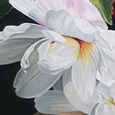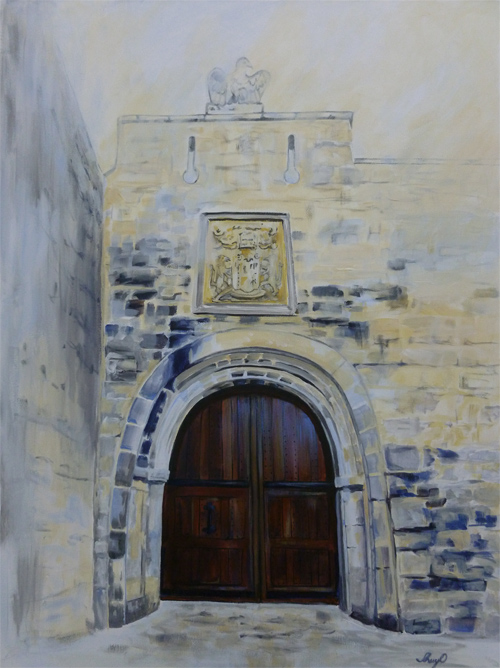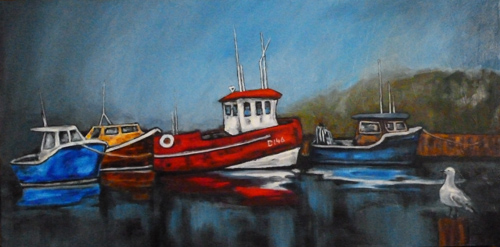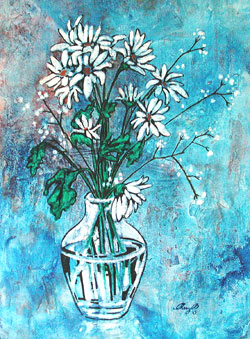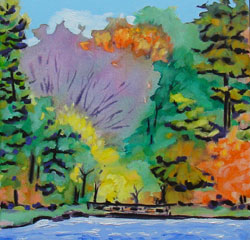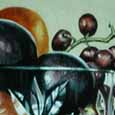Great art is very accessible these days. As a result, most of us know what we like and what we don’t like. The problem manifests when a person is new into painting. They know what type of art they consider good art, but it’s just not flowing off their brush that way. It’s a dilemma. Here are some thoughts to give encouragement in that moment:
1. Every great artist was a beginner once. They had to learn how to mix colours and how to make the shapes and lines that best express their views in art. Being a beginner is where we all start. Michaelangelo said, “If they knew how hard I worked, they wouldn’t call it genius.”
2. If it was too easy, it would not be fun. We would all sit home and do paint by numbers instead. Embrace a spirit of adventure and enjoy the challenge.
3. As you get certain aspects of painting under the belt, they become intuitive, and painting gradually becomes more personal and rewarding. Be patient. Pianists understand that they can’t sit down and play a complex piece of music without practice. The same applies to painting.
4. Enjoy the fellowships. Artists, even brand new beginning artists, share an attitude that wants to be encouraging, not competitive, with one another.
5. You will learn to love the process – and this will be the key that unlocks the treasures of creativity for you. It’s just plain good for your spirit to get into the creative mode and leave the world behind. In this hectic world, we need a place of refreshing. That is what creativity is to many of us.
Those of you who have been painting for awhile, what would you like to say to encourage beginners? Your comments welcome.
